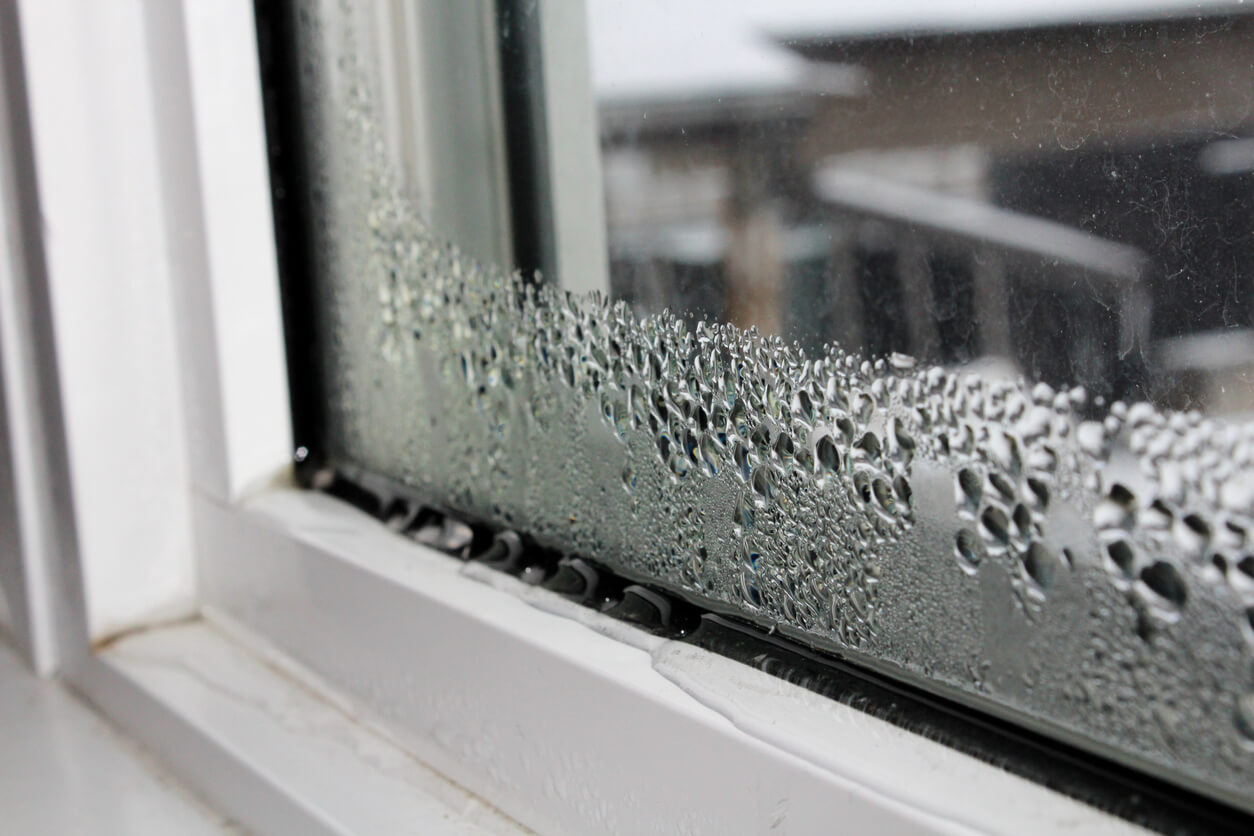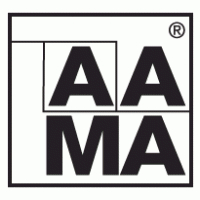Exploring the Phenomenon: Is There a Gas Between Window Panes?
Have you ever wondered if there is a gas between window panes? It's a phenomenon that has sparked curiosity and debate among homeowners and experts alike. In this article, we delve into the science behind window panes and explore the truth behind this intriguing question.
Window panes are usually made of glass, but did you know that they often consist of more than just a single sheet? Many windows are designed with multiple panes separated by a thin gap. This space, often referred to as the "insulating gap," helps improve energy efficiency by providing insulation against heat transfer.
Understanding the concept of double glazing
Double glazing is a popular technique used in window construction to enhance energy efficiency and reduce heat loss. It involves the use of two or more glass panes separated by a small gap. This gap acts as an insulating layer, preventing heat from escaping or entering the building.
The concept behind double glazing is simple. When heat tries to pass through the window, it encounters resistance due to the insulating gap. This slows down the transfer of heat, making it more difficult for it to escape or enter the building. As a result, buildings with double glazing can maintain a more stable internal temperature, reducing the need for excessive heating or cooling.
How gas is used in double glazing
In many double glazed windows, this insulating gap is filled with a gas rather than just air. The choice of gas used in the window depends on its insulating properties. Some common gases used in double glazing include argon, krypton, and xenon.
These gases have a higher density than air, which means they are better at slowing down the transfer of heat. When the gap is filled with these gases, they act as an additional barrier, further reducing heat loss or gain through the window. This results in improved energy efficiency and greater comfort inside the building.
Common gases used in double glazing
Argon is one of the most commonly used gases in double glazing. It is a non-toxic, odorless, and colorless gas that is readily available and relatively inexpensive. Argon has a low thermal conductivity, meaning it is a poor conductor of heat. This property makes it an excellent insulator, effectively reducing heat transfer through the window.
Krypton is another gas frequently used in double glazing, especially in windows with narrower gaps. It has even lower thermal conductivity than argon, making it an even better insulator. However, krypton is less common and more expensive than argon, which is why it is typically used in specific applications where the benefits outweigh the cost.
Xenon is the least common gas used in double glazing. It has the lowest thermal conductivity among the three gases and provides the highest level of insulation. However, xenon is significantly more expensive than argon or krypton, making it less commonly used in residential applications.
Reasons for gas leakage between window panes
While the use of insulating gases in double glazing offers numerous benefits, there is a possibility of gas leakage over time. Gas leakage can occur due to various reasons, including manufacturing defects, poor installation, or degradation of the seals around the window panes.
Manufacturing defects can lead to gaps or holes in the seals, allowing the gas to escape. Similarly, improper installation techniques can result in insufficient sealing, leading to gas leakage. Over time, the seals around the window panes may degrade due to exposure to weather conditions, causing them to lose their effectiveness and allowing gas to escape.
Signs and symptoms of gas leakage
Detecting gas leakage between window panes can be challenging as it is not visible to the naked eye. However, there are a few signs and symptoms that can indicate a potential gas leakage issue.
One common symptom of gas leakage is a noticeable reduction in energy efficiency. If you notice a significant increase in your heating or cooling bills without any other apparent reasons, it could be a sign that the insulating gas has escaped from your window panes.
Another possible sign of gas leakage is condensation or fogging between the window panes. When the insulating gas leaks out, it creates a vacuum, causing moisture to seep into the gap. This moisture can condense on the inner surface of the glass, resulting in fogging or condensation.
Impact of gas leakage on energy efficiency
Gas leakage between window panes can have a significant impact on the energy efficiency of your home. When the insulating gas escapes, the overall thermal resistance of the window is reduced. This means that more heat can pass through the window, resulting in increased energy consumption for heating or cooling.
The loss of insulating gas also affects the comfort levels inside the building. Without the insulating gas, the window becomes less effective at blocking external temperature fluctuations, making it harder to maintain a consistent indoor temperature. This can lead to discomfort and increased reliance on heating or cooling systems.
How to prevent and fix gas leakage
Preventing gas leakage between window panes starts with proper installation and regular maintenance. It is essential to choose reputable window manufacturers and ensure that the installation is carried out by experienced professionals. This helps minimize the risk of manufacturing defects or installation errors that can lead to gas leakage.
Regular maintenance of the windows is also crucial in preventing gas leakage. It is recommended to inspect the seals around the window panes periodically and address any signs of degradation or damage promptly. Also, ensure that the windows are well-insulated and properly sealed to minimize the risk of gas escape.
In the case of gas leakage, it is best to seek professional assistance. Attempting to fix the issue yourself can lead to further damage or ineffective repairs. Professionals can assess the extent of the gas leakage, identify the cause, and recommend the appropriate solution, whether it be resealing the window or replacing the affected pane.
Alternative solutions to gas-filled windows
If you are concerned about gas leakage or prefer alternative solutions, there are other options available for enhancing energy efficiency in windows.
One alternative is the use of low-emissivity (low-e) coatings on the glass. These coatings are designed to reflect heat back into the room while allowing visible light to pass through. By reducing heat transfer through the glass, low-e coatings can improve energy efficiency without the need for gas-filled windows.
Another option is the use of laminated or insulated glass. Laminated glass consists of multiple layers of glass with a plastic interlayer in between. This construction enhances insulation and can provide similar benefits to gas-filled windows. Insulated glass, on the other hand, consists of multiple panes of glass separated by a spacer and sealed around the edges. This design helps reduce heat transfer and improve energy efficiency.
Conclusion: The importance of regular maintenance and professional assistance
In conclusion, the phenomenon of gases between window panes is real and plays a crucial role in enhancing energy efficiency in buildings. Double glazing with insulating gases like argon or krypton can significantly reduce heat loss or gain through windows, resulting in improved comfort and reduced energy consumption.
However, it is essential to be aware of the possibility of gas leakage over time. Regular maintenance and professional assistance are crucial in preventing and addressing gas leakage issues. By choosing reputable manufacturers, ensuring proper installation, and conducting periodic inspections, you can maintain the effectiveness of your gas-filled windows and enjoy their energy-saving benefits for years to come.
Alternative solutions like low-e coatings, laminated glass, or insulated glass are also viable options for improving energy efficiency in windows. Each option has its advantages and considerations, so it's essential to assess your specific needs and consult with professionals to determine the best solution for your home.
In the end, whether you opt for gas-filled windows or alternative solutions, the key is to prioritize energy efficiency and regular maintenance. By doing so, you can enjoy a comfortable living environment, reduced energy bills, and contribute to a greener and more sustainable future.








